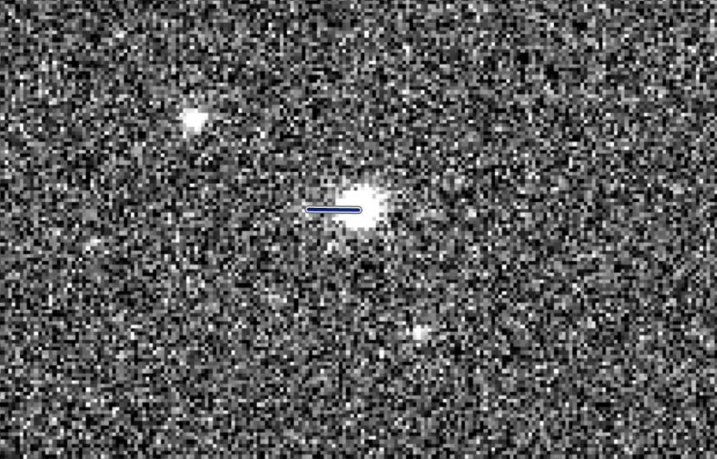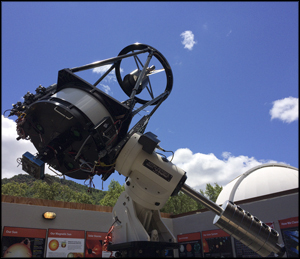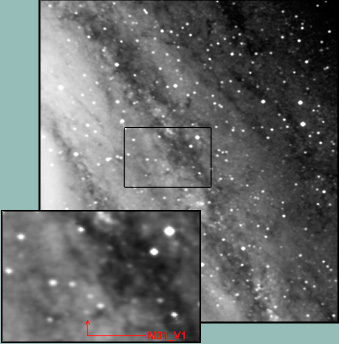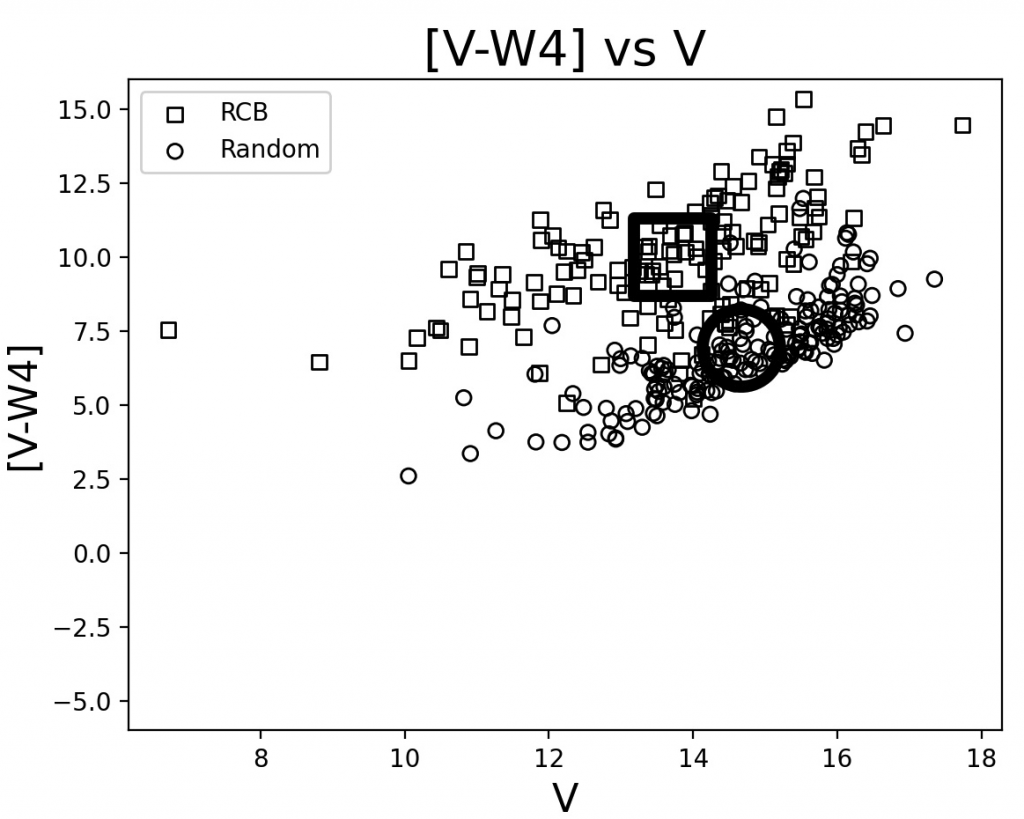Astronomy is one of the few scientific fields remaining in which amateurs not only make significant contributions to research, but are essential to the process. The reason is simple: given the enormous number of astronomical objects and phenomena in our Universe, there are relatively few large professional telescopes available to study them. Amateurs routinely make their own discoveries but can also support professional efforts through collaboration.

Observers at RFO recorded and analyzed transits of exoplanets HATP-20, XO-7, and XO-1. (2024)
(Click the links for the full reports)
Exoplanet Transit Observations
Exoplanet Observation Conclusions
Exoplanet Analysis Follow Up
Regardless of whether the large professional telescopes are ground-based or space-based, getting time on them is very competitive for professional astronomers, and those telescopes are expensive to maintain and operate. When professionals do have an upcoming project on a large telescope, they need to make the most efficient use of their time, so they often ask amateur astronomers to gather preliminary data (through imaging). Data from amateurs around the world can be analyzed to give a clearer understanding of the object, so when the professional has his or her precious time at one of the large telescopes, that time is not wasted.
High school and college student observers investigated the possible gravitational attraction between two stars: WDS 22267 and 4433 ES 1346 AC by measuring, analyzing and reporting their work to the Journal of Double Star Observations. (2024)
(Click for paper)

Research projects generally fall into three categories:
Photometry: Measuring the brightness of an object over a period of time,
Astrometry: Measuring the position of an object at specific times, and
Spectroscopy: Analyzing the light from an object to determine its chemical composition and motion.
Amateur and professional astronomers use the RC20 telescope in the East wing of RFO to make observations that can become part of a research paper written by another professional or part of a research effort led by citizen scientists. Our volunteers are trained on how to operate the telescope for taking science images and have access to a working group that meets regularly to discuss projects, to learn new techniques and software, and to solve problems they are encountering. Students at the high school and college level can work with volunteers on their own research projects or participate in larger projects that take more than a single semester to complete.
2024 Annual Report on RFO Research. Read all the details on the RFO research group on learning and training, instrument improvements, student outreach, observations, software development, and the publication of research.
(Click for full report)


Observed the Cepheid variable in M31 that served as Hubble’s galactic distance marker. (2010-11)
(Click for summary)

